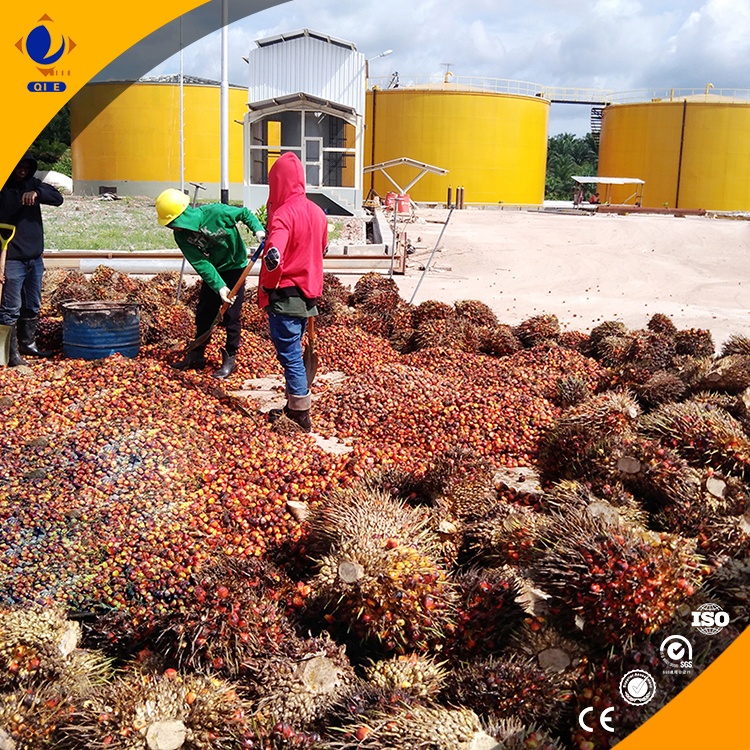
In the global edible oil industry, where margins are tight and downtime costly, pre-processing isn’t just a step—it’s the foundation of your entire production chain. A well-designed system can boost solvent extraction efficiency by up to 15–20%, while poor design can lead to clogs, inconsistent yields, or even full-line shutdowns.
From raw seed to ready-to-extract material, each stage must be optimized based on oilseed type:
| Process Step | Key Parameters | Common Mistake |
|---|---|---|
| Cleaning | Moisture content < 10%, foreign matter removal > 95% | Underestimating hulls in cottonseed → belt wear |
| Crushing | Kernel size: 1–2 mm for soybeans, 3–5 mm for sunflower | Over-crushing → fines block steam flow |
| Softening | Time: 5–10 mins @ 70–80°C (depends on seed) | Too fast = uneven moisture absorption |
For example, cottonseed requires precise moisture control—if it drops below 7%, the kernel becomes brittle and cracks during rolling, leading to high fines and reduced surface area for solvent penetration. We’ve seen mills lose 3–5% yield per month due to this alone.
Case Study: A 1,200-ton/day sunflower mill in Ukraine experienced frequent steam pipe blockages after switching from manual to semi-automatic temperature control. Root cause? Inconsistent grain softening—average temp fluctuated ±8°C. After installing real-time moisture sensors and PID-controlled heaters, they reduced unplanned stops by 70%.
This is why forward-thinking engineers now treat pre-processing as a strategic investment—not an operational cost. It’s not just about getting the process right today; it’s about building resilience against variability in feedstock quality, climate conditions, and operator skill levels.
You may ask: “How do I know if my current setup is failing silently?” Consider these red flags:
If you've faced any of these issues—or if your team spends more time troubleshooting than optimizing—you’re not alone. Many operators only realize the problem when they see declining throughput or rising maintenance costs.

Don’t wait for a failure to act. With smart monitoring tools and data-driven process tuning, you can avoid costly disruptions—and build a stable, scalable operation that performs consistently across seasons and markets.
Ready to optimize your pre-processing line? Let us help you identify hidden inefficiencies before they become bottlenecks.
Avoid pre-processing errors that cost thousands in lost production — get our free process audit checklist


